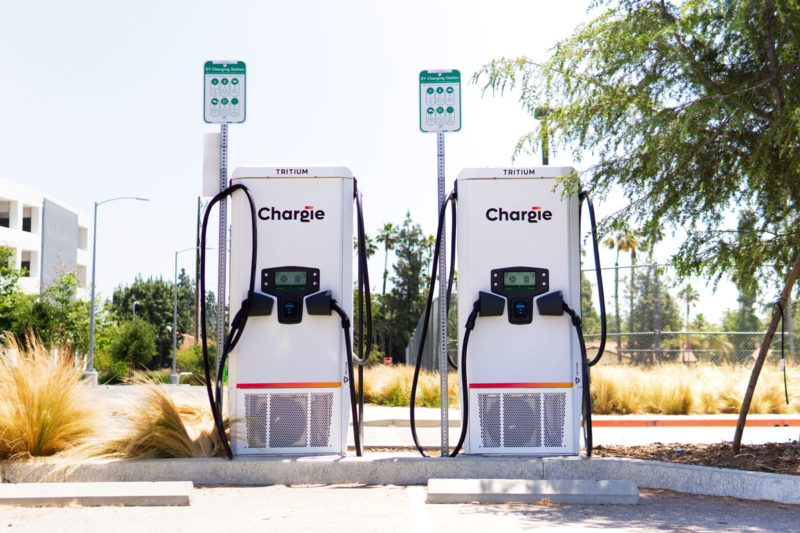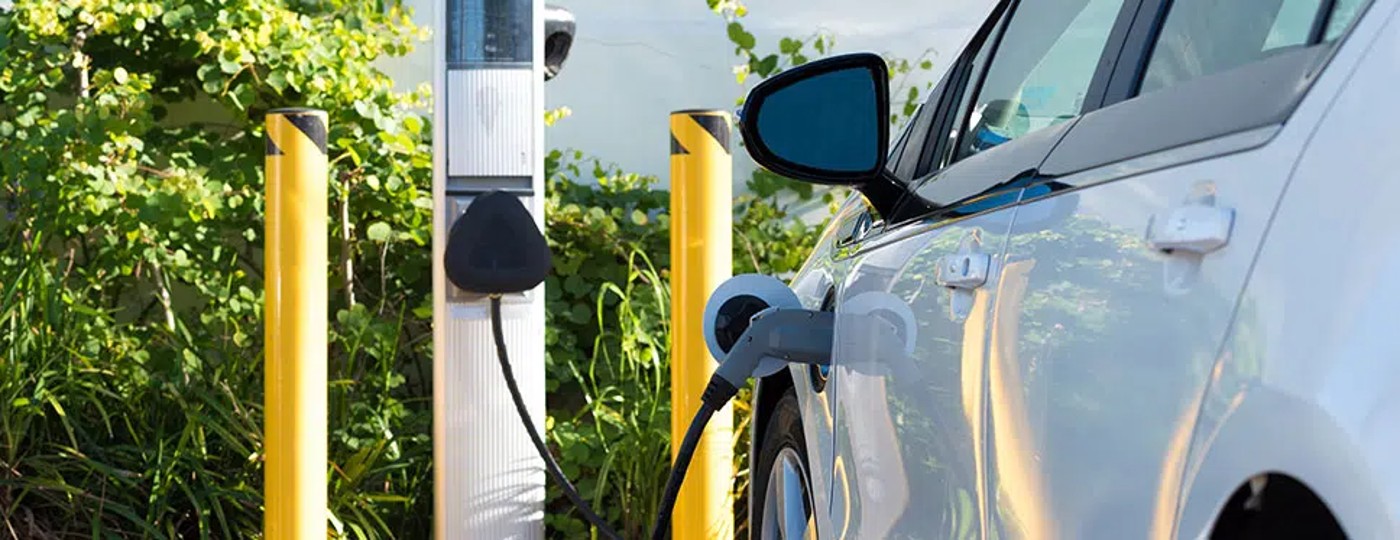Electric vehicles (EVs) are becoming increasingly popular in the US, with EV sales up 66% in Q1 of this year and outpacing every other market segment by double digits. That’s an acceleration of 2022, which saw North American EV sales climb 49% year-over-year, even as the overall new car market was down 17% — and EVs are just getting started, with most industry experts projecting that this trend will just continue to accelerate from here. And with more and more EVs on the road, there is a growing need for places to charge them.
To meet that need, a public infrastructure buildout is underway, funded in in large part by Federal dollars coming form of the National Electric Vehicle Infrastructure (NEVI) program and the Inflation Reduction Act of 2022. Both have made it easier to not just buy and own an EV, but to develop the kind of interstate charging network needed to support mainstream EV adoption. But while a public charging infrastructure is great, it doesn’t change the fact that the majority of EV charging is done at home or work, where EVs spend the most time.
It’s not a small majority, either. Last year, the US Department of Energy (DOE) and NREL says that 70-80% of all EV charging happens either at home or at work — and that message is being received loud and clear by EV shoppers, who will expect to be able to do just that when it becomes their time to switch to electric. That means multifamily, workplace, and commercial properties will become critical locations for the installation of EV charging stations, and developers who are looking to fill those properties will be expected to offer EV charging sooner than later.
These charging stations, sometimes called “Level 2” for 240V AC models and “Level 3” for higher-output DC fast chargers, are rapidly becoming just as essential for developers looking to attract tenants as they are for people who already own an electric car — but where do property owners start?
Modern Problems Require Modern Amenities

Accessible EV charging stations are an effective way for properties to remain competitive in the modern housing market. More and more consumers look for places that offer EV charging, and they’ll be more likely to pay higher rents to have access to the amenity — but don’t take our word for it. That’s according to this AMLI study, which surveyed 2,800 residents in nine “hot” areas: Atlanta, Austin, Chicago, Dallas, Denver, Houston, Seattle, Southern California, and Southeast Florida. The results showed clearly that respondents place significant value on features designed to support environmental stewardship.
“By adding EV charging stations, you will be able to market your complex for meeting demands from new tenants, and demonstrate that you are eager to meet the needs of your current residents who are considering an EV and considering moving to a property that can provide at-home charging,” says Tom Bowen, President of Qmerit Solutions and Commercial Electrification. “Additionally, you will attract environmentally focused residents. While many people living in apartments want to reduce their carbon footprint, they believe it will not be easy to have an EV where they live. Some residents may even be willing to pay a premium to live in a LEED-certified building or at least one that promotes EV usage and will allow for them to conveniently charge where they live.”
But installing these chargers can be a complex undertaking, requiring resources dedicated to engineering, permitting, construction and more — but a number of companies are getting smart, offering developers and property managers turnkey solutions to add EV charging to their buildings. Both Chargie and QMerit (presented in alphabetical order) include detailed site evaluations, engineering, design, installation, operation, monitoring, ongoing maintenance and customer care in their suite of services. “We make it easy for property owners to turn their parking spaces into places drivers can charge anytime,” said Chargie CEO Zach Jennings. “When it comes to the rapidly changing world of electrification, we’re helping drivers get charged up and properties stay ahead of the curve.”
Developers can also capitalize on available federal and local government rebates, incentives and credits to help recoup the cost of EV charging installation. Chargie can assist properties with that too. “Finding the right programs and applying for funding takes time and resources. Our team can advise on how to maximize the money available and handle applications on a property’s behalf,” Jennings said. He also noted the importance of acting quickly. “These rebates and incentives won’t always be around … the time to act is now.”
Smart Tech is Smart Business

Installing EV charging stations at multifamily, workplace, and commercial properties is not only a smart investment for developers, but it is also an important step in reducing greenhouse gas emissions and meeting the growing public demand for more sustainable transportation options. And, as the global demand for electric vehicles continues to surge, the need to install Level 2 and Level 3 chargers at these properties will only become more urgent.
By installing EV charging stations now, developers and property managers can help ensure that their properties are ready to meet the demands of future tenants and their electric cars, and that they’re able to take advantage of available rebates and incentives before they run out.
Executive Summary
Given the continued rise of EV sales, it’s already imperative to install EV chargers at multifamily and commercial properties within the US market. This will not only help meet the increasing demand for EV charging, but it also keeps properties modern and competitive and contributes to making the world a greener, more livable place.
SOURCE LINKS THROUGHOUT THE ARTICLE.







